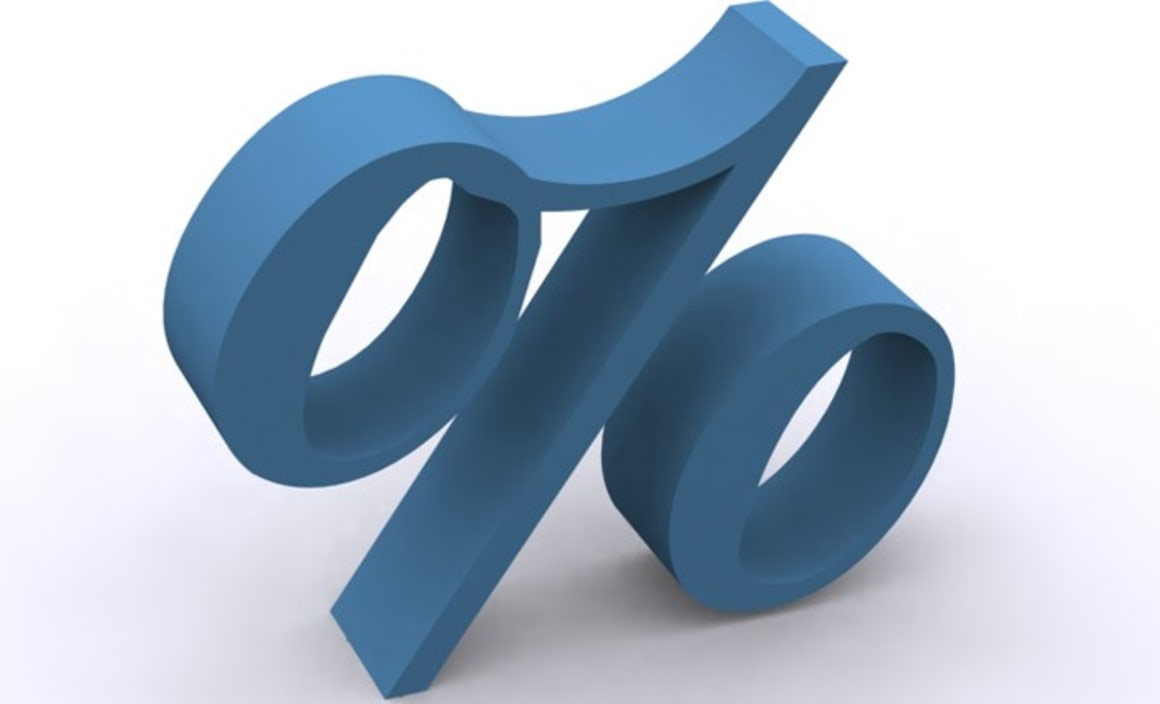RBA to cut the cash rate to 0.5% by the end of the year: Shane Oliver & Diana Mousina

EXPERT OBSERVATION
Australian GDP rose by 0.5% in the June quarter and annual growth slowed to 1.4%, which was right on market forecasts but below the RBA’s forecasts for a 0.8% rise in the quarter.
GDP growth is very weak and at its lowest level since the Global Financial Crisis (see chart below) which is why there is all the talk of a recession in Australia lately and why conditions in some pockets of the economy may feel recession-like.
Click here to enlarge:

Source: ABS, AMP Capital
The weakness in the Australian economy that started in mid-2018 has continued well into 2019.
The make-up of growth still remains a concern as private demand fell again in the June quarter (by 0.1%) with large increases in public spending and net exports “saving” the economy.
With consumer spending still struggling to lift noticeably, falling residential construction, moderate business investment growth, the private sector side of the economy will likely remain weak.
A softer global environment may also infiltrate further into Australia’s external sector. So the risk of an Australian recession remains and can’t be ignored.
However, this is not our base case partly because we expect more RBA interest rate cuts, possibly quantitative easing, and more fiscal stimulus which should help lift growth.
If the improvement in home prices continues it would also be positive for household wealth and provide some boost to inflation.
The key components of the June quarter data are:
- Consumer spending rose by 0.4%, contributing 0.2 percentage points to the June quarter GDP.
Consumer spending growth is still declining, with annual growth falling to 1.4%.
The household saving ratio declined to 2.3% (from 3%) after increasing in prior quarters.
While there may be some more downside to consumer spending growth due to the low wages environment, the bottoming in national home prices means that the negative wealth effect is waning.
Tax cuts to low and middle income earners should also have a positive boost to consumption over coming months, although the fall in July retail sales is concerning.
The declining household saving ratio tells us that the buffer for consumer spending is declining.
- Housing investment continues to decline and detracted 0.2 percentage points from GDP growth.
New residential construction fell by 5.9% and alterations and additions were down by 1.4%.
Ownership transfer costs (a proxy for housing turnover activity) improved by 4.3%.
Building approvals continue to fall so there is still further downside to residential construction over the next year.
- Underlying business investment (which takes into account asset transfers between the private and public sector) fell by 0.4% and made no contribution to growth.
Non-residential building was down by 5% and engineering construction dropped by 4.7% but is down 19.6% year on year.
Non-residential building approvals have been mixed over the past few months so there may be some more weakness to come for building activity.
The capital expenditure survey indicated that business investment growth will be positive albeit modest over the next year as mining investment is slowly improving, manufacturing investment is lifting and spending in the services industry is still trending up.
- Underlying government spending (which takes into account asset transfers between the private and public sector) was up strongly by 1.4% and contributed 0.3 percentage points to growth.
Government consumption rose by 2.7% but investment fell by 2.3%. State and Federal government spending on infrastructure has been driving public spending over the past few years.
While the pipeline of projects in construction is peaking, the slow pace of project completions due to delays or other issues means that the peak in government infrastructure spending keeps on being pushed out which is a positive for GDP growth (but maybe not a positive for traffic congestion!).
- Inventories collapsed and detracted 0.5 percentage points from growth which means that production did not keep up with sales.
The inventory to sales is at a record low of 0.581 and is unlikely to fall much further from here which means that inventories are likely to add to GDP in coming quarters.
- Net exports boomed and contributed 0.6 percentage points to growth.
Export growth is solid which is a good sign of demand for goods and services but the collapse in imports (especially in consumption imports) is a bad sign for consumer spending.
- Productivity growth is still poor with the “GDP per hour worked in the market sector” flat over the June quarter and down by 0.6% over the year.
Weakness in productivity growth reconciles the divergence between strong employment growth and weak GDP numbers.
Implications
While the RBA kept the cash rate unchanged yesterday, despite knowing the weakness in July retail sales and anticipating a low June quarter GDP number, we still expect rate cuts in October and November taking the cash rate to 0.5% as global data remains weak, the unemployment rate increases and global central banks (the ECB and Fed) cut interest rates (and restart asset purchases in Europe) in September which may influence the RBA’s decision to do more monetary stimulus lest the Australian dollar rises.
SHANE OLIVER is Head of Investment Strategy and Chief Economist AMP Capital.
DIANA MOUSINA is an Economist at AMP Capital.